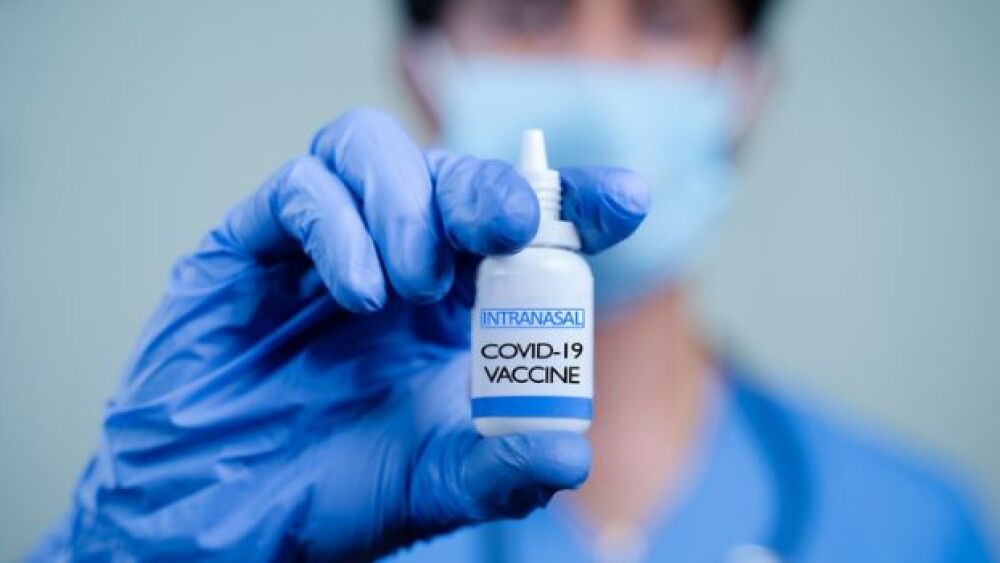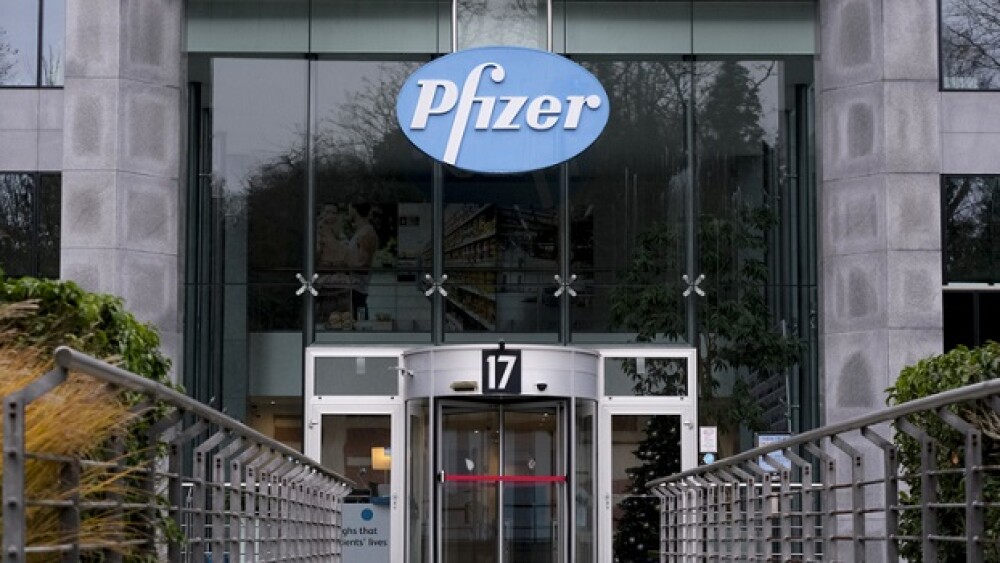SARS-CoV-2 typically enters the body via the nose or mouth. Because of this, many think a nasal spray vaccine would do a better job of preventing COVID-19 infection and cutting transmission than an injection.
Researchers and public health officials note that SARS-CoV-2 typically enters the body via the nose or mouth. Because of this, many think a nasal spray vaccine would do a better job of preventing COVID-19 infection and cutting transmission than an injection.
According to Our World in Data, as of July 26, 2022, 5,294,660,260 people around the world have received at least one dose of a COVID-19 vaccine. In total, more than 12.31 billion doses have been administered — all by injection.
Akiko Isasaki, Ph.D., Sterling Professor of Immunobiology and Molecular, Cellular and Developmental Biology at Yale University, said a potential nasal vaccine is “stopping the virus from spreading right at the border.”
Dr. Anthony Fauci, M.D., director of the National Institute of Allergy and Infectious Diseases and the White House’s chief medical adviser, also said a new approach may be necessary.
“Innovative approaches are clearly needed to induce broad and durable protection against coronaviruses known and unknown,” Fauci said at a White House meeting to discuss the next generation of vaccines.“We’ve already averted well over 2 million deaths, approximately $1 trillion in health care costs and tens and tens of millions of infections, as well as close to 20 million hospitalizations. That’s the good news. What’s the sobering news? Sobering news is why we’re here today. Because our job is not done.”
Nasal Spray Results and Data So Far
Chulalongkorn University in Bangkok, Thailand, is developing an anti-viral nasal spray. One of the antibodies in the spray was chosen and designed to work outside the body to wherever it is applied and prevents the virus from infecting the body through the nose. They expect to evaluate the spray in volunteers at the National Cancer Institute.
SaNOtize Research & Development Corp. and Glenmark Pharmaceuticals published data from a Phase III trial of its nitric oxide nasal spray (NONS) for treatment of adults with COVID-19 in mid-July. When starting NONS within three days of a positive COVID-19 test, viral load was cut by about 94% within 24 hours and by 99% within 48 hours.
Oragenics announced encouraging data for its intranasal COVID-19 vaccine, NT-CoV2-1 in June. In mice, the vaccine induced a strong antigen-specific IgG response in the blood as well as high IgA titers in the lungs.
Altimmune, however, in June 2021, discontinued research into its intranasal COVID-19 vaccine after disappointing results. It demonstrated very low immune responses in every parameter it was tested in.
CyanVac, in June 2022, announced preclinical data in hamsters using its COVID-19 intranasal vaccine. The vaccine is currently in Phase I trials in humans. In hamsters, the vaccine provided broad protection against other SARS-CoV-2 strains, including alpha, delta and omicron variants.
Codagenix is evaluating a novel, intranasal, codon deoptimized live attenuated COVID-19 vaccine. It apparently can help build mucosal immunity, which could potentially slow the spread of the disease while also developing immunity in the person receiving it. In a Phase I trial in May, the vaccine provided mucosal antibody response and blocked replication of the virus in the nose.
Starpharma reported in August 2021 that its nasal spray antiviral against COVID-19 was effective in an animal study. It apparently decreased the viral load by more than 99.9% when administered nasally into the trachea and lungs of animals.
Nasal Sprays for COVID-19: Is It Too Late?
But will it take off? More than 60% of the world’s population has already received injections of vaccines against COVID-19, and that percentage will only go up while companies work to develop nasal spray vaccines or antivirals, or skin patches.
Part of the White House summit was also a pitch for the government to get involved and increase funding.
Iwasaki told the audience, “It’s very important to note that we need to move quickly to start testing these nasal vaccines in humans, and that requires a significant U.S. government input, both resources and help with manufacturing and delivery as well as acceptance across society.”
Marty Moore, founder and chief scientific officer of Meissa Vaccines, which is working to develop nasal vaccines, said, “I think developing transmission-blocking vaccines, of course, will come with great challenges and some cost. But I think the probability of success warrants this investment based on what we know about vaccines. And the potential benefits are enormous, direct and indirect.”
But broad introductions of these types of vaccines could be three to five years down the road, and probably only if the government invests in it. With questions already rising about how money has been spent on PPE and vaccine and drug development during the pandemic, increasing spending on technology that might only be marginally better than existing technology could be a difficult argument to make.





